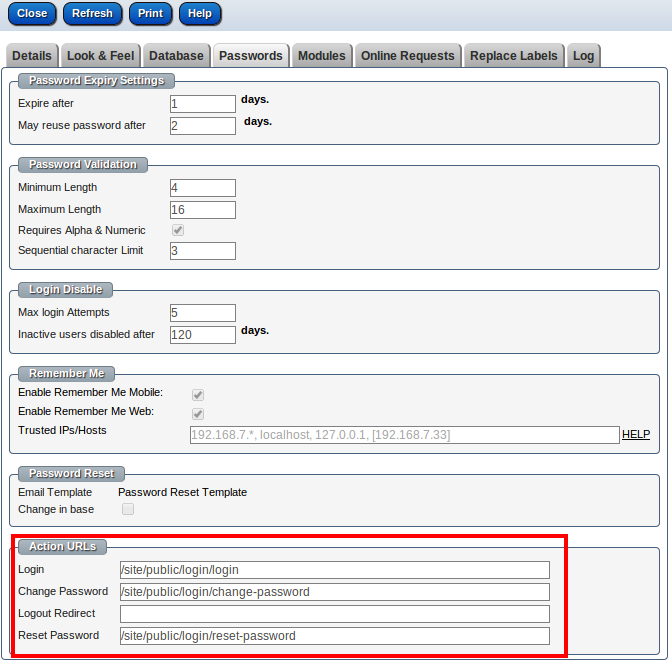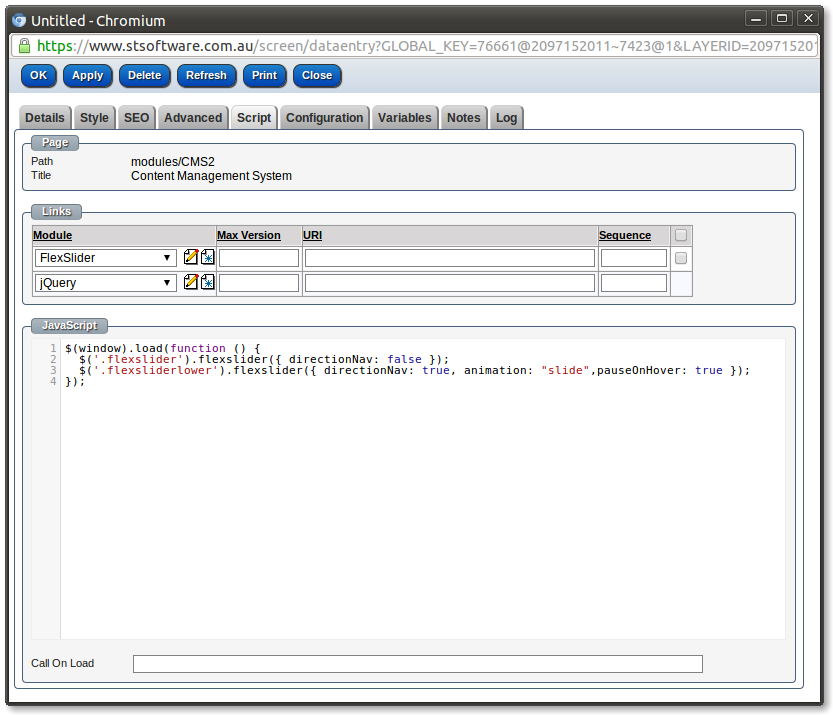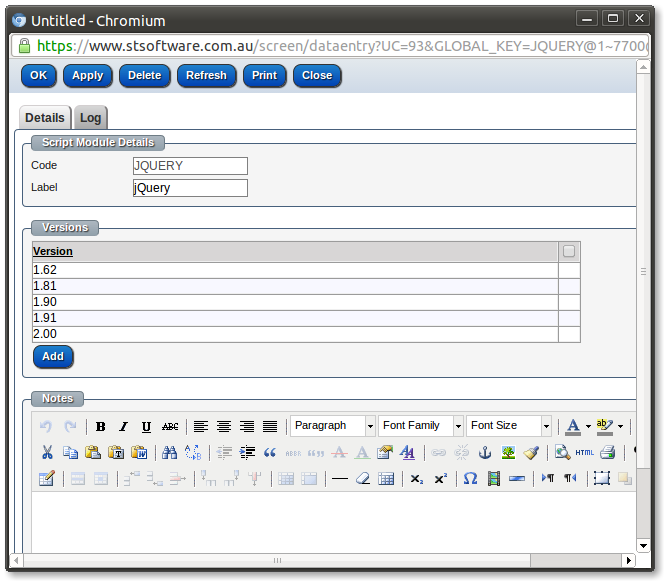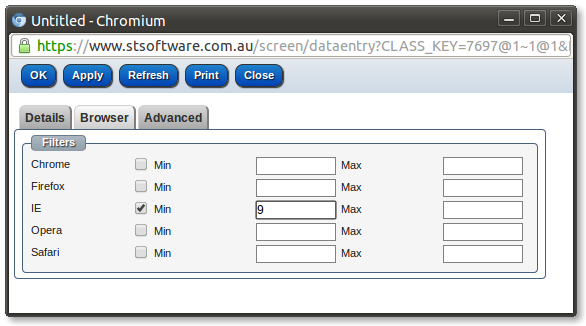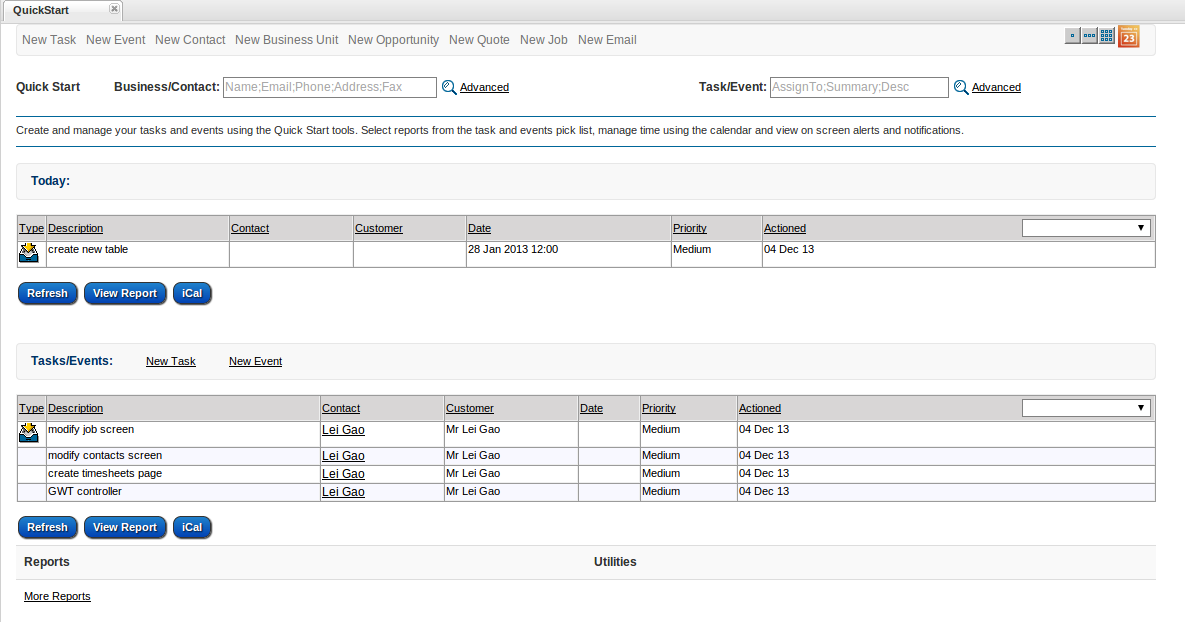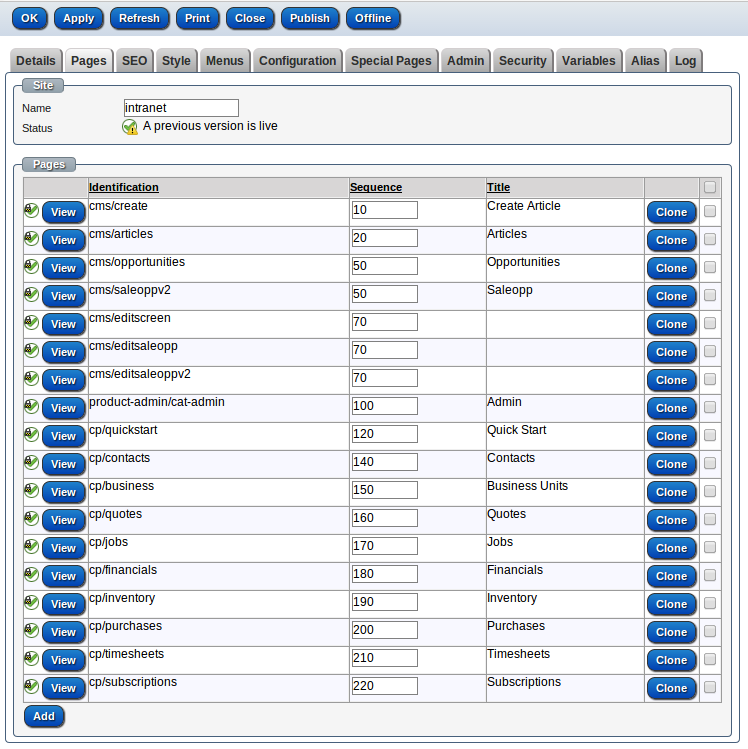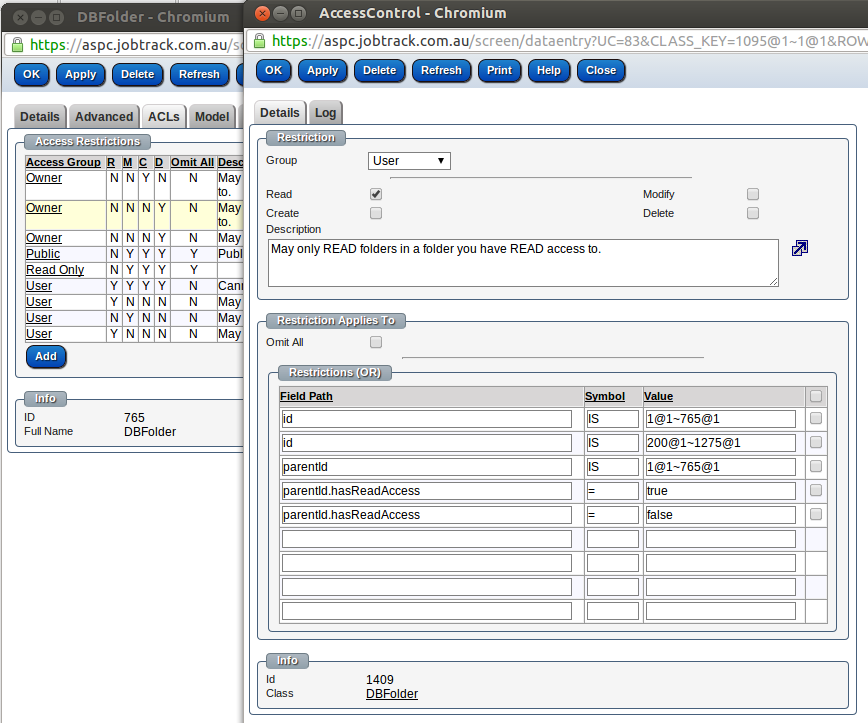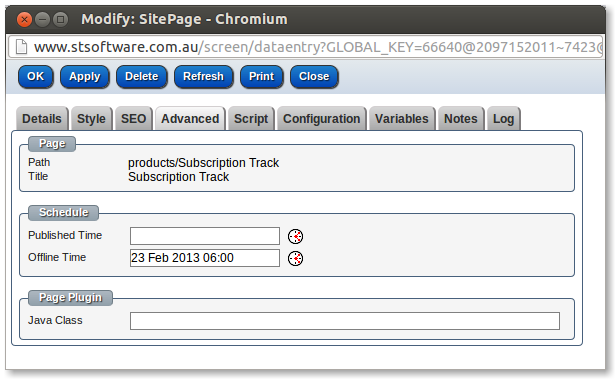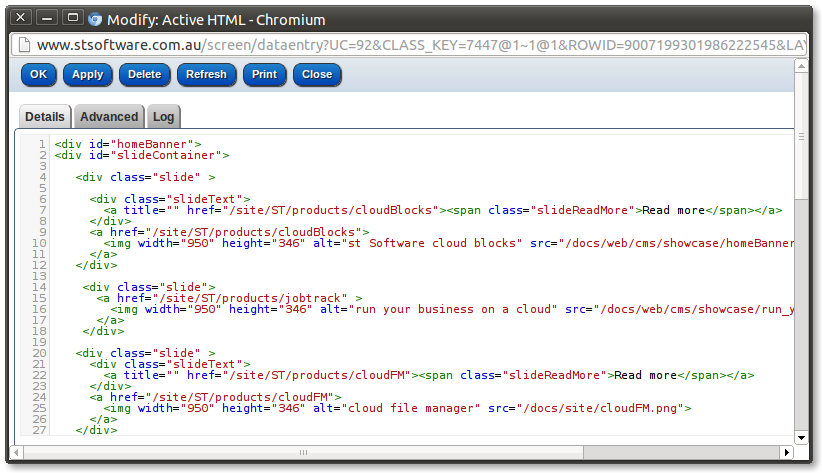When articles are published the built in social integration automatically posts the article to the requested social sites.
When posting to twitter the title and subtitle are automatically shorten to within the 140 character limit.
All published articles are automatically published via the RSS feed.
The CMS automatically generates an XML Sitemap which can be submitted to search engines for faster indexing of new content.
- 14 Dec 2013
There are many built in reports created in the screen painter.
Jasper Reports can be designed and uploaded for more complex reports
External tools such as Open Office or Excel can be used to generate reports via JDBC or ReST web services.
- 13 Dec 2013
Supported desktop browsers
Supported tablets
- iPad 2+ with iOS7+
- Android tables 4.3+
- 13 Dec 2013
Overview
stSoftware designs systems to meet or exceed all aspects of the Australian Government Protective Security Policy Framework PSPF. At stSoftware, we take security very seriously. Our ephemeral workload servers are locked down to be accessed only via bastion hosts; the support team can only access the bastion hosts themselves via secure shell from specific IP addresses.
stSoftware follows Infrastructure as Code principles for all AWS services.
- 13 Dec 2013
yes, the site owner can/should be able to change anything.
And technically they can as it's all just JavaScript/HTML/CSS.
An example is SRL when they publish an article the banner image is placed on the carousel and linked to the article. The page reads this information from the RSS feed.
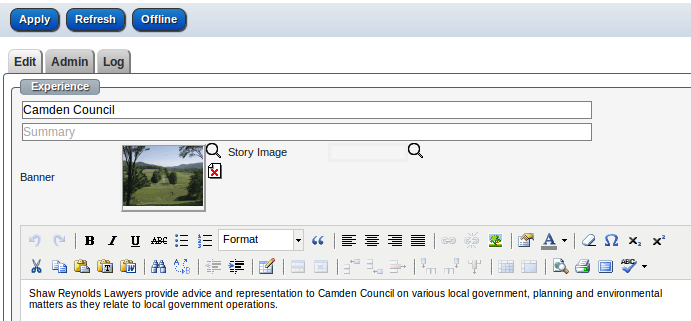

- 27 Nov 2013
All web access is recorded in the standard Apache web access logs.
The server logs can be configured via log4j
All database changes are logged by user and time.
- 27 Nov 2013
Our Java coding standards can be found here which are adopted by all our developers.
We follow Agile development processes, which includes writing automated unit tests for business logic. This allows systems to evolve with confidence.
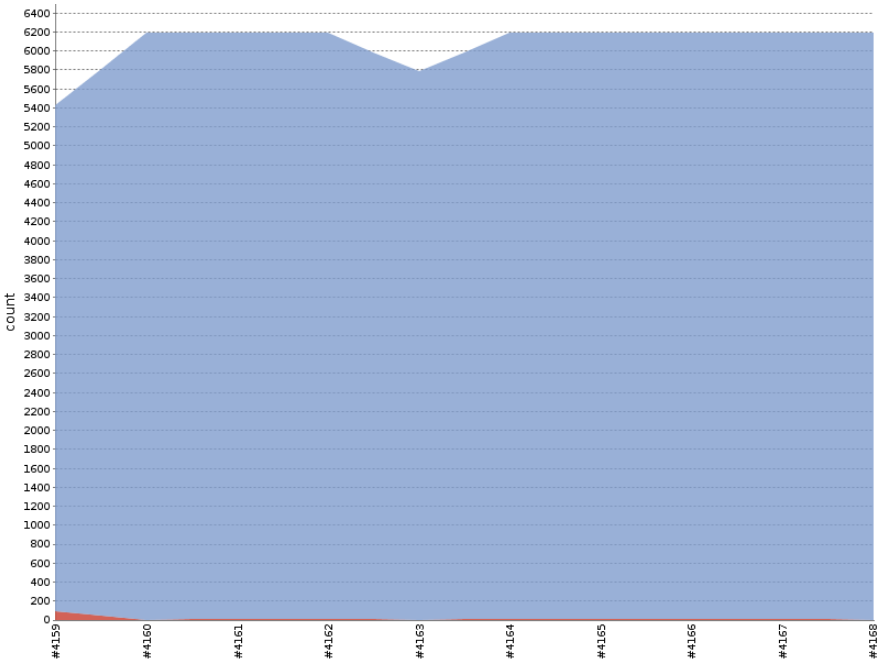
References:-
- Original stSoftware coding standards document.
- 27 Nov 2013
Security
Industry standard best practice for passwords for both the web server and Linux machines. Site designers do not have direct access to the underlying Linux server, the raw database or files. All changes are done within sandbox of the system.
- 26 Nov 2013
Users may access all allowed data via the Web Forms or via Industry standard protocols such as:
All requests for data or modification to data goes via the DAL ( Data Access Layer) no matter which protocol is used. There is NO direct access to the underlying data store. The DAL checks the ACLs ( Access Control Limits ) for each data request and performs all validations on each data modification. When data is modified
- 26 Nov 2013
The following field validations have been added.
| Field | Validation | Reason |
|
The host name for the email will be looked up to match sure it's valid and active. The email must match the following pattern:- ^[A-Z0-9._%+\-#'&]+@[A-Z0-9.-]+\.(?:[A-Z]{2}|com|org|net|edu|gov|mil|biz|info|mobi|name|aero|asia|jobs|museum)$
Examples of valid and invalid email addresses:-
|
When sending emails a large number of bouncing emails will cause our servers to be marked as spammers |
- 1 Nov 2013
